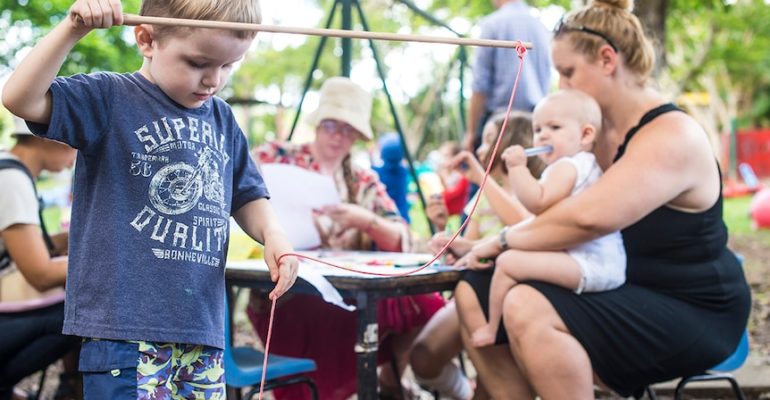The relationship between women’s health and socio economic constraints is gaining attention. Today’s critical analysis is based on a recently published longitudinal study that shows a variety of overwhelmingly gendered factors are putting Australian women on the path to poverty, negatively impacting their mental health in demonstrable ways.
Most women’s middle years are well-known to be a perfect storm of competing stresses, ranging from intergenerational caring to hot flushes and cooling libidos.
Almost one-fifth of women aged 55 to 64 report severe distress. Over a 16-year period (2001 to 2017-18), rates of very high distress increased significantly from 3.5% to 7.2%, and rates of high/very high distress increased from 12.4% to 18.7% – a greater increase than in any other group.
So, what is it that bothers middle-aged women?
Income is one indicator. This sharp increase in mental distress is closely linked to financial insecurity. As a result of a socially and politically engineered, gendered poverty trajectory, a large proportion of Australian women become poorer.
Throughout their lives, women face a series of gender-specific financial assaults, resulting in a reverse-wealth trajectory. The assaults are so pervasive that more than a third of single women will be impoverished by the age of 60.
We’re told that the Australian dream entails working hard and becoming wealthy. However, despite a lifetime of hard work, a large proportion of Australian women will end up with meagre retirement savings and few assets, putting them at risk of falling silently and invisibly into homelessness and poverty.
Men’s wealth accumulation, on the other hand, begins early and continues uninterrupted throughout their working lives.
Starting their working lives on a higher income and progressing faster than women to higher-income positions not only maximises their ability to purchase assets, but also boosts their superannuation savings early, yielding higher returns at retirement.
Women’s poverty is the result of a number of seemingly unrelated factors, rather than a single issue. Factors such as a persistent and pervasive pay gap for women throughout their working lives, a tax system that favours high-earning males, and lower superannuation payments in lower-paid, insecure jobs. Add to this time away from work for parenting, and you have a slow but unavoidable path to gendered poverty.
Women working to alleviate poverty
On current trends, neither our daughters nor their five generations will live to see the gender pay gap closed. The pandemic has exacerbated gendered disadvantage by adding 36 years to the time it takes to achieve gender pay parity (now at 136 years). Women in Australia currently earn $255.30 less per week than men.
The gender pay gap costs women more than a million dollars over their lifetime.
Caring has opportunity costs.
Career breaks to care for children have a variety of consequences for women’s wealth accumulation. There is a loss of salary and superannuation accumulation while out of the workforce, but there are also opportunity costs of job promotion, membership in professional groups, and advancement to senior positions.

During this phase, women also fall down the “merit” ladder, making re-entry more difficult. As a result, they are more likely to return to lower-paying jobs.
Female-dominated industries pay less While the gender pay gap exists in all industries, a large proportion of women work in female-dominated industries (health and education) that pay less on average, including base salary and total remuneration, when compared to males.
Poverty and single status
Women’s wealth is still heavily reliant on their partner’s income. In older women, being single is associated with financial disadvantage.
Single Australian women over 60 are the most likely to live in poverty, with annual earnings of less than $30,000.
Women’s poverty is being exacerbated by divorce.
Divorce has a short-term impact on men’s well-being, whereas it has a long-term impact on women, with disproportionate household income losses and an increased risk of poverty, homelessness, and single parenting.
Poverty as a retirement option
Women retire with roughly one-third less superannuation than men, with the difference ranging between 22% and 35%.

The median superannuation balance for men aged 60-64 years is $204,107, while it is $146,900 for women in the same age group, representing a 28% difference. The gender gap is 33% in the pre-retirement years of 55-59, and 35% in the peak earning years of 45-49.
Is it time to establish a women’s health institute?
According to Professor Helena Teede, Director of the Monash Centre for Research, Health, and Implementation (MCHRI), we can no longer ignore or ignore the fact that gender inequity is a major challenge in this country, with significant health and wellbeing implications, particularly for women.

